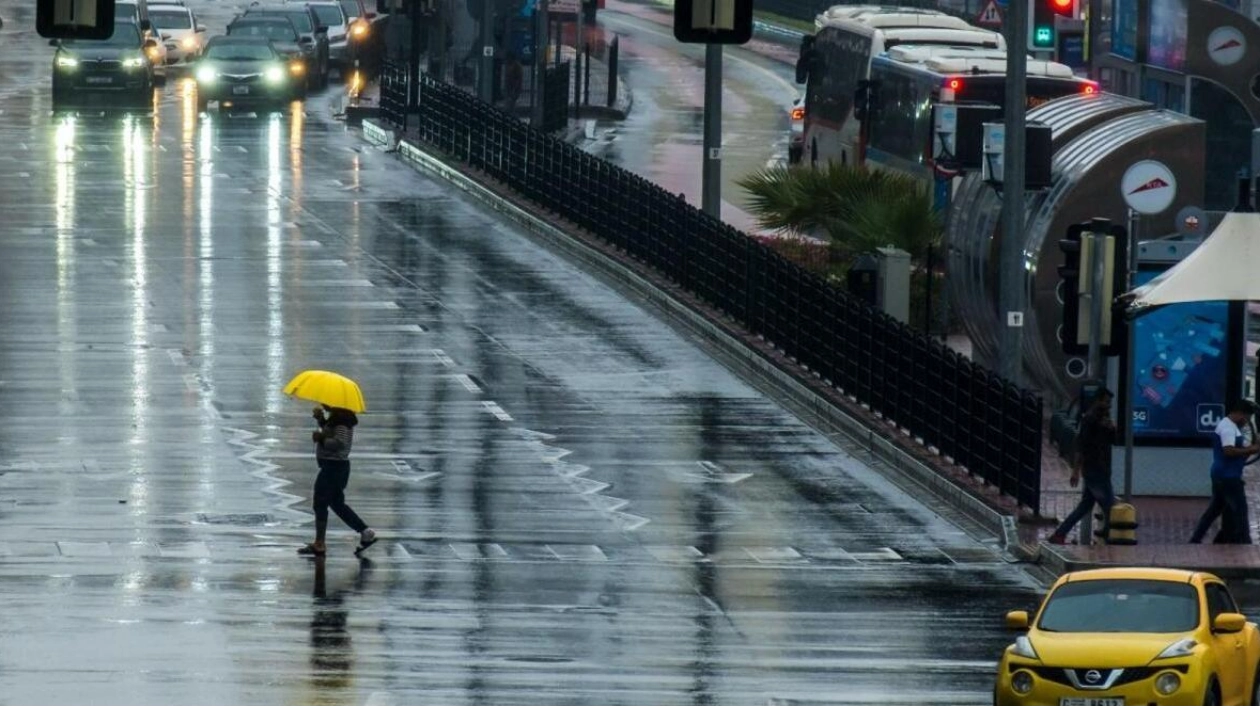The UAE is expected to see scattered summer showers in the coming weeks, extending until the end of the season in September, although no rain is predicted until the weekend. Currently in a quiet period, summer rains are a regular occurrence due to the influence of the Indian monsoon low pressure, according to the national weather forecaster. Recently, severe rains in northeast India have caused extensive flooding, affecting over a million people in the region. Meanwhile, in Yemen's capital, Sanaa, houses are being damaged by heavy rains, as the country endures prolonged flooding and storms.
To understand how and when these summer rains will affect the UAE, Dr. Ahmed Habib from the National Centre of Meteorology (NCM) explained in an interview with Khaleej Times that the UAE can expect rainfall in the next few weeks, typical for summer and usually lasting until September 23. Convective clouds are likely to form in the eastern part of the country, though no immediate rain is forecasted.
July's weather is influenced by rising temperatures and the spread of thermal lows, particularly from the Indian monsoon system. This leads to cloud formation in the eastern and southern mountains, often resulting in afternoon rains in some interior areas. The current weather pattern involves the Indian monsoon extending towards the UAE, bringing easterly winds that carry moisture from the eastern sea, leading to condensation and humid air rising to higher altitudes, especially in the afternoons.
The last significant rainfall this summer occurred in the third week of June, with varying intensities across different regions. On June 29, rain and hail were reported in areas like Al Musseili and Shauka in Ras Al Khaimah, and Filli in Sharjah. Since then, the weather has been relatively dry. Earlier in June, light to moderate rains were recorded in Al Ain and Sharjah, with heavier rains and hail in Khatm Al Shiklah.
The highest rainfall recorded in July was 234.9mm at the port of Fujairah in 2022. This summer has also seen frequent fog, with 11 foggy days and five misty days. The UAE continues to enhance rainfall through cloud seeding operations, which have increased the likelihood of rain by 15-25% by injecting salt flares into clouds.






